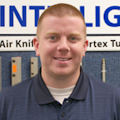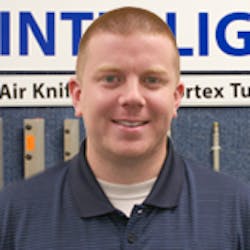Ask the Expert: What are some benefits to using OSHA-approved engineered solutions for compressed air usage in cleaning and blow-off applications?
Q: What are some benefits to using OSHA-approved engineered solutions for compressed air usage in cleaning and blow-off applications?
A: Som manufacturers of compressed air products, such as Exair-engineered compressed air products, are specifically designed for meeting or exceeding the OSHA standards for dead-end pressure and noise exposure. These products are also designed to use lower volume of compressed air when compared to standard commercial air nozzles and air guns.
The primary benefit from using less compressed air is lowering the cost of compressed air. These lower consumption values also reduce running time of air compressors and the maintenance required to keep them running. Many local utilities offer rebate or incentive programs for reducing compressed air or electrical consumption.
Information provided by: Exair Corp.
About the Author

Brian Farno
Application Engineer, Exair Corp.
Brian Farno is the Application Engineer for Exair Corporation.
